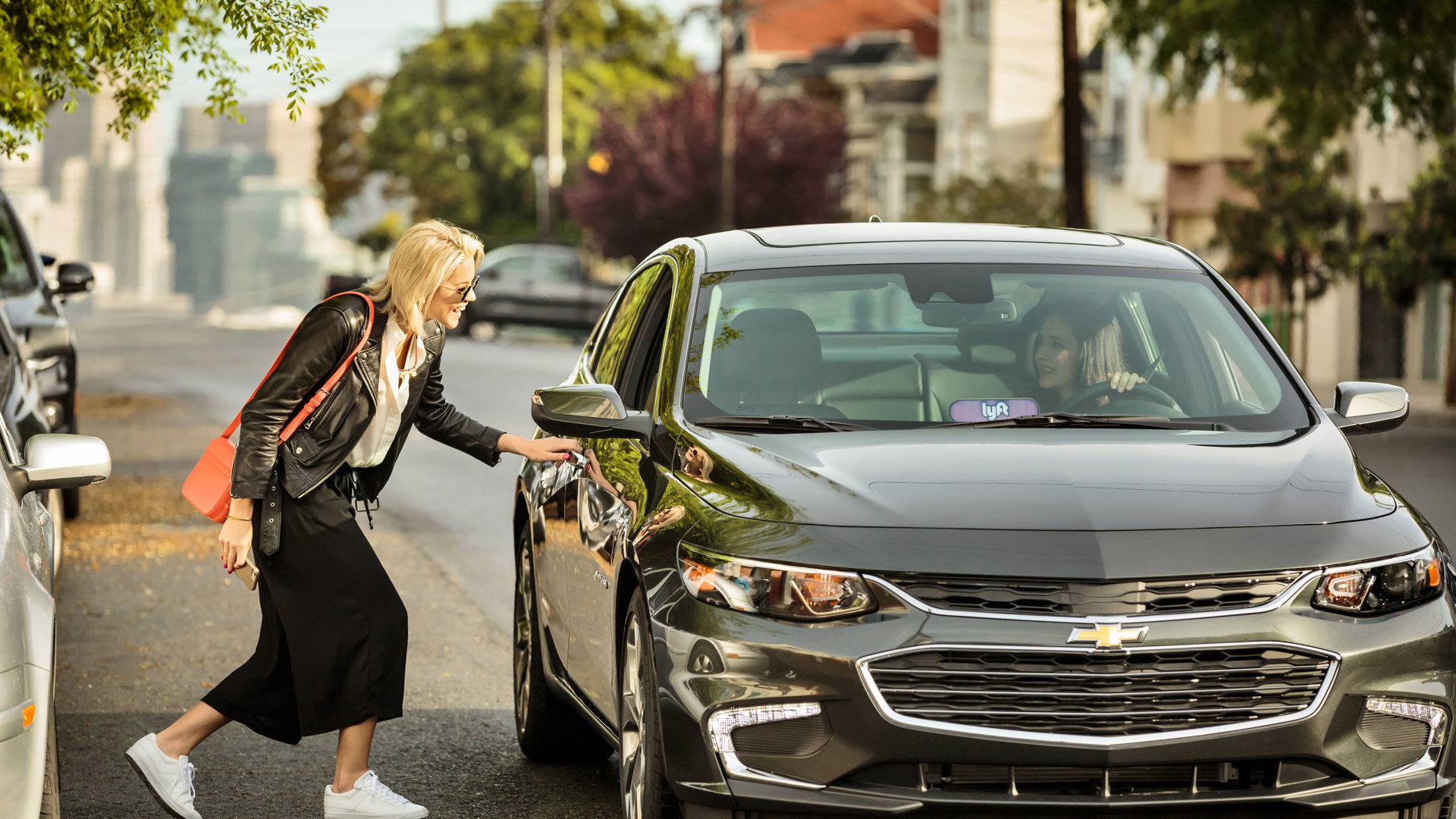Ride-hailing apps like Uber and Lyft are contributing to an increase in traffic and congestion, a new study indicates.
The study, conducted by transportation consulting agency Fehr & Peers and paid for by Lyft and Uber, aimed to identify the combined miles travelled by Uber and Lyft vehicles over a month-long period in six major US cities: Boston, Chicago, LA, San Francisco, Seattle, and Washington DC.
Researchers found that "transportation network companies" (TNCs), like Uber and Lyft account for as much as 13.4 percent of all vehicle miles travelled in San Francisco, which is nearly double what transportation officials in the city had estimated previously. The company's respective footprints in Boston and Washington were also quite large at 8 and 7.2 percent, respectively.
Furthermore, the study found that between the six cities, just 54–62 percent of the vehicle miles travelled by TNC vehicles were with a rider in tow. Another 9–10 percent of miles are logged going to pick up passengers, while the remaining miles are spent driving around waiting for a rider to pick up.
These findings seem to support the belief that ride-hailing apps haven't reduced the number of cars on the road as previously thought. More residents may be relying on TNCs instead of taking public transportation and drivers are venturing out in their vehicles to make money when they previously would not have.
In a Medium post addressing the study, Uber head of global policy Chris Pangilinan acknowledged that TNCs are contributing to an increase in traffic, but noted their presence still pales in comparison to all other vehicles on the road. Even in the San Francisco core, where Uber and Lyft have the largest presence by far, 87 percent of the vehicle miles logged are from non-TNC vehicles.
While informative, this study isn't perfect, says CityLab in its analysis of the findings, as each city is unique. Residents' reliance on TNCs is dependant on the local public transportation network and other public transportation options. This is why New York City was not included in the study – the rate of car ownership is so low and the transportation options are so vast, that it would have not provided information that is representative of most metropolitan areas in the US.
In short, apps like Uber and Lyft alone aren't enough to reduce congestion in growing North American city centres. Robust public transportation systems, bike lanes, and last-mile mobility solutions will all play a major role.
Source: CityLab/Fehr & Peers

